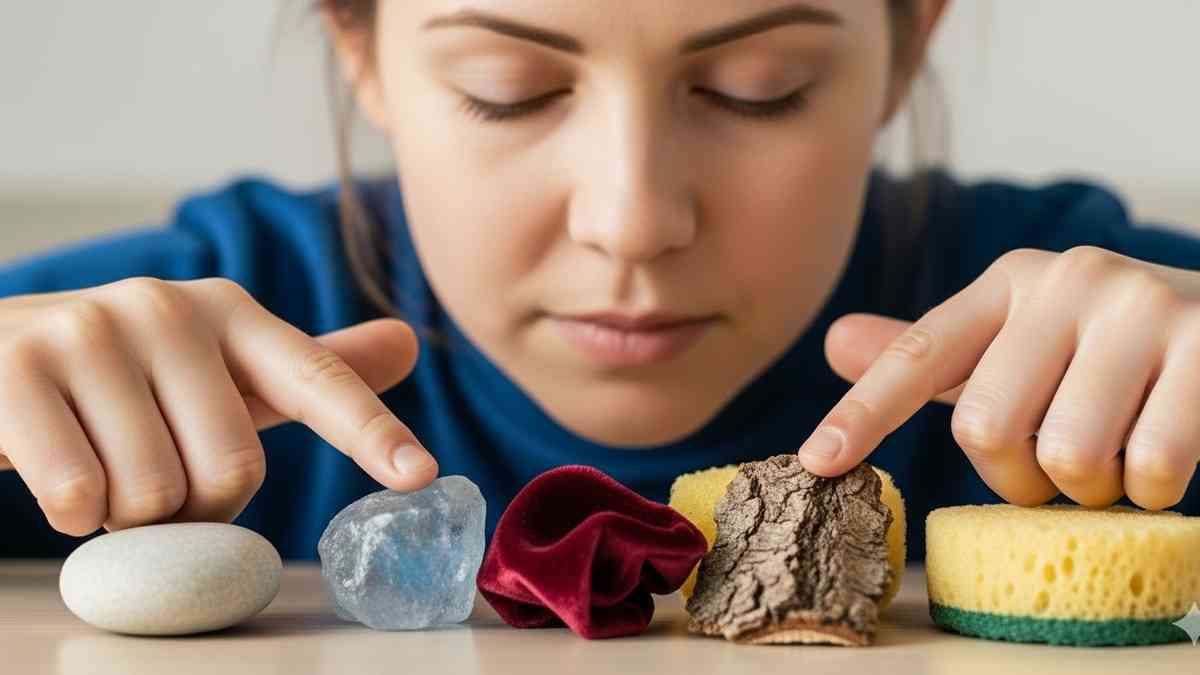Truth & Goodness
Bait for Anger. This Is How Algorithms Profit from Your Outrage
29 December 2025

When we think of brain training, Sudoku or crossword puzzles usually come to mind. But what if the key to staying sharp lies in our fingertips? A groundbreaking discovery by German scientists shows that daily activities—from typing to tinkering—may help us resist the passage of time.
Researchers from the German Center for Neurodegenerative Diseases (DZNE), Magdeburg University, and the University of Tübingen focused on the somatosensory cortex—the region of the brain that processes touch. Using an ultra-sensitive 7-tesla MRI, they uncovered something previously unseen: this part of the brain is made up of several thin layers, each with distinct structures and functions. Most strikingly, not all of them age in the same way.
While the deeper layers do degenerate over time, the middle and upper layers—the ones most engaged in receiving and processing sensory input—remain stable, and sometimes even thicken. This is strong evidence of neuroplasticity, the brain’s ability to adapt, which continues even in old age.
You might like to read: When Logic Fails: 6 Thinking Traps That Hold You Back
Every time we grab a key, open a door, or type on a keyboard, our brain processes streams of tactile information. The middle layer of the somatosensory cortex acts as a gateway for these signals, while the upper layers handle further processing—like coordinating finger movements when gripping objects.
These layers, constantly stimulated by touch, show the greatest resilience to aging. The rule is simple: we preserve what we use. The brain protects the regions that stay active and needed. In contrast, the deeper layers, responsible for modulating signals—amplifying or suppressing them—age more quickly. That may explain why older adults often struggle to focus in noisy environments: their brains filter out distractions less effectively.
But what about the layers that do age? Scientists observed that the brain has its own backup system. Even if some cells in the deeper layers die, the remaining neurons work harder. They boost their myelin content—a substance that makes nerve impulses travel faster. It’s like an orchestra losing a few musicians, yet the rest play louder and cleaner to make up for the loss.
Similar phenomena have been seen in mice. Their brains also showed increased myelin with age, though compensatory mechanisms faded in older animals. This raises questions about whether such processes can be supported artificially—for example, through sensory training.
“We can do something good for our brain through the right kind of stimulation,” says Professor Esther Kühn from DZNE, co-author of the study. This is not only a scientific observation, but also a philosophy of life. A brain that stays active, receives input, and trains itself has a better chance of staying sharp.
So maybe it’s worth reaching for the keyboard more often, playing an instrument, fixing things, dancing, touching, experiencing. Science shows that the brain truly pays us back.
Read the original article: Pomóż zachować sprawność swojemu mózgowi. Kluczem jest jeden zmysł

Science
28 December 2025

Science
28 December 2025

Zmień tryb na ciemny